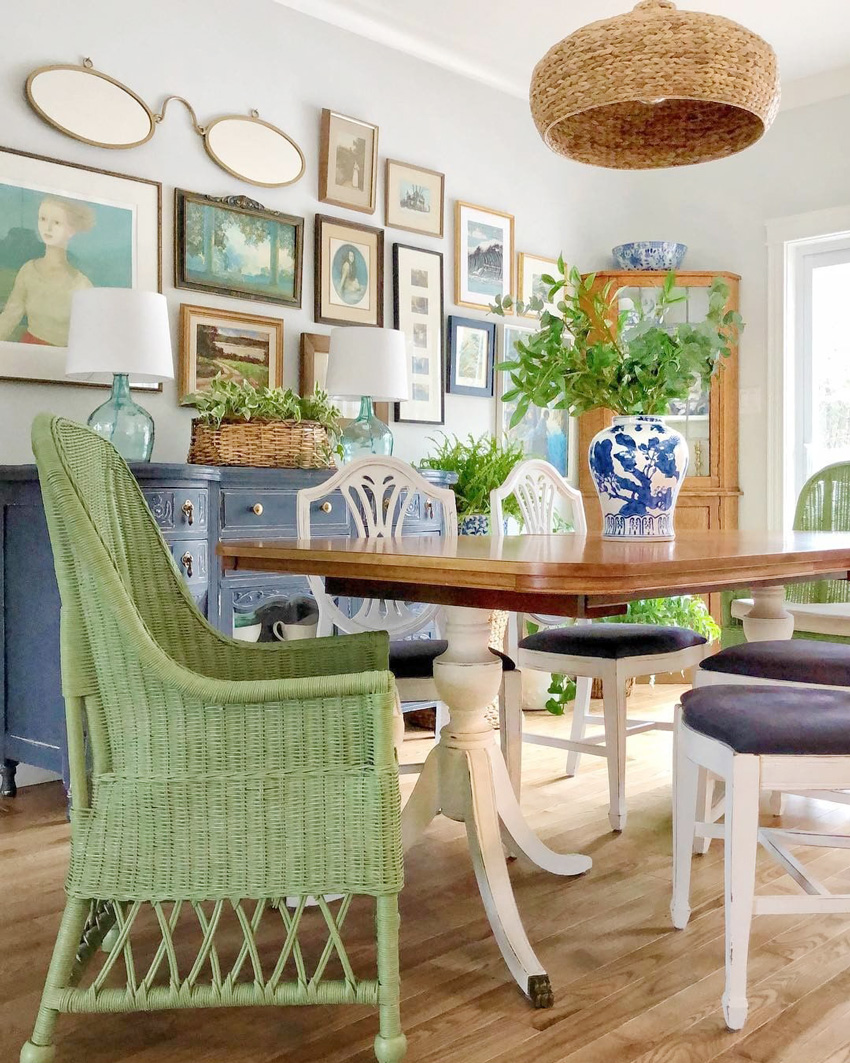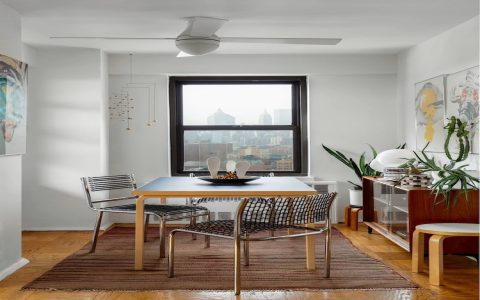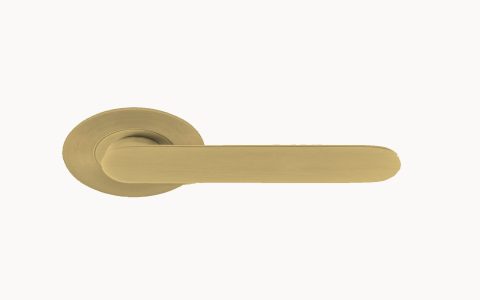Mixing and matching dining chairs offers a dynamic way to inject personality and visual interest into your dining space. This approach moves beyond uniform sets, allowing for a curated and bespoke aesthetic.
Common Ground: The Key to Cohesion
Successful mixing hinges on establishing a unifying element. Without a common thread, the arrangement can appear haphazard. Consider these unifying factors:
- Color: Chairs can be different styles but share a color family or feature the same accent color. Alternatively, use a neutral palette for diverse chair forms to maintain harmony.
- Material: Grouping chairs by material, such as all wood, all metal, or all upholstered, can create a cohesive look despite stylistic differences. For instance, various wooden chairs in different designs still connect through their shared material.
- Style or Era: Combining chairs from the same design period (e.g., mid-century modern) or with a similar stylistic feel (e.g., rustic, industrial) provides a harmonious link.
- Form or Silhouette: Chairs with similar shapes, leg styles, or back heights can complement each other, even if specific details vary. A common overall structural feel can be enough.
- Seat Height: This is paramount. Ensure all chairs have a consistent seat height (typically 17-19 inches from floor to seat) for diner comfort and visual balance around the table. A variance of an inch or two is generally acceptable.
Popular Mixing Strategies
Identical Chairs, Varied Hues or Finishes: This is an accessible entry point. Select the same chair model but in different colors, stains, or upholstery fabrics for a playful yet unified effect.

Diverse Styles, Singular Color Palette: Choose different chair designs but paint or upholster them in the same color, or closely related shades, to tie them together visually.
The "Anchor Chair" Approach: Use more substantial or distinct chairs, often with arms, at the head and foot of the table (host and hostess chairs). Simpler, matching, or complementary side chairs can then be used along the lengths of the table.
Bench Integration: Incorporate a dining bench on one or two sides of the table, paired with individual chairs on the other sides. This adds informality, textural contrast, and can be a space-saving solution.
Unified by Material, Varied Styles: For example, a collection of wooden chairs, each with a unique design, can look intentionally eclectic yet harmonious when sharing the commonality of wood as the primary material.
Achieving Balance and Proportion
Scale is crucial. Ensure your chosen chairs are proportionally appropriate for your dining table and the overall size of the room. Avoid mixing very delicate chairs with overly bulky ones unless this contrast is a deliberate and well-executed design choice.

Strive for intentionality. The goal is a thoughtfully curated collection, not a random assortment. Each chair should feel like it belongs and contributes to the overall design vision. If unsure, start with two or three different styles and build gradually.
Consider visual weight. Distribute chairs with different visual weights (e.g., solid backs versus open backs, light versus dark colors or materials) evenly around the table to maintain aesthetic balance and prevent one area from feeling heavier than another.







